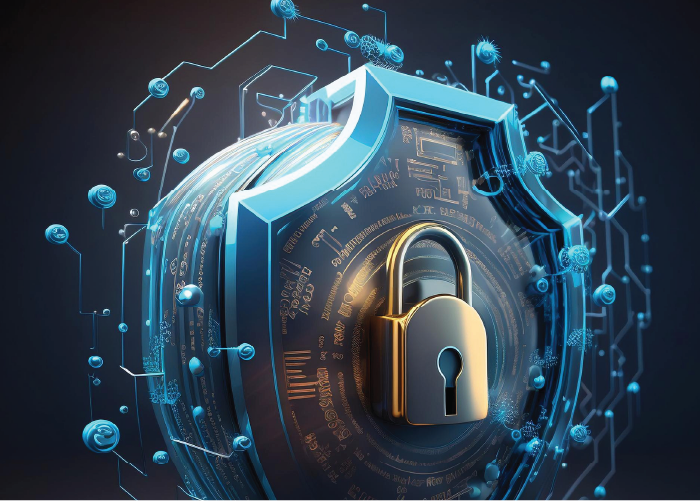In today’s digital age, information security is no longer an afterthought – it’s a fundamental business necessity. Data breaches, hacking attempts, and malware threats are constant realities, and organizations need a robust system to safeguard their sensitive information. This is where the ISO 27001 standard comes in, providing a framework for establishing an Information Security Management System (ISMS).
ISO 27001: Risk Management at the Core
A cornerstone of ISO 27001 is risk management. This involves a proactive approach to identifying and mitigating threats to your organization’s information assets. These assets can be anything from customer data and financial records to intellectual property and internal communications.
Here’s how ISO 27001 risk management works:
- Vulnerability Assessment: The first step is to identify weaknesses in your systems and processes that could be exploited by attackers.
- Threat Analysis: Next, you need to understand the potential threats that could target these vulnerabilities. This includes malicious actors, accidental errors, and even natural disasters.
- Impact Assessment: Finally, you need to evaluate the potential impact of a security incident. This considers the financial losses, reputational damage, and legal ramifications that could occur.
By understanding these risks, you can then implement appropriate controls to mitigate them. These controls can be technical (e.g., firewalls, encryption), procedural (e.g., access controls, security awareness training), or organizational (e.g., incident response plans).
Why In-House ISO 27001 Expertise Matters

While external consultants can be valuable in implementing an ISMS, having in-house staff trained in ISO 27001 is crucial for several reasons:
- Deeper Understanding: Your employees are the ones who use your systems and processes every day. They have a unique understanding of your organization’s specific information security needs.
- Effective Implementation: In-house expertise allows you to tailor the ISMS to your specific business context, ensuring its effectiveness and practicality.
- Continuous Improvement: ISO 27001 is an ongoing process, requiring regular reviews and updates. Having a dedicated team with the knowledge to maintain and improve the ISMS is essential.
- Cost-Effectiveness: While initial training costs exist, in-house expertise allows you to manage the ISMS more efficiently over time, reducing reliance on external consultants.
Building a Culture of Security
Ultimately, a successful ISMS goes beyond technical controls. It’s about fostering a culture of security awareness within your organization. By having employees who understand the importance of information security and their role in protecting it, you create a much stronger defense against cyber threats.
Taking the Next Step
If your organization is serious about protecting its information assets, then investing in ISO 27001 training for your staff is a wise decision. This not only helps you comply with the standard but also empowers your employees to become active participants in your information security efforts.





 TAVE Tose is proud to announce that we are now the official distribution partner with PECB an internationally recognised certifying body for individuals in International Standard Organisation – ISO
TAVE Tose is proud to announce that we are now the official distribution partner with PECB an internationally recognised certifying body for individuals in International Standard Organisation – ISO